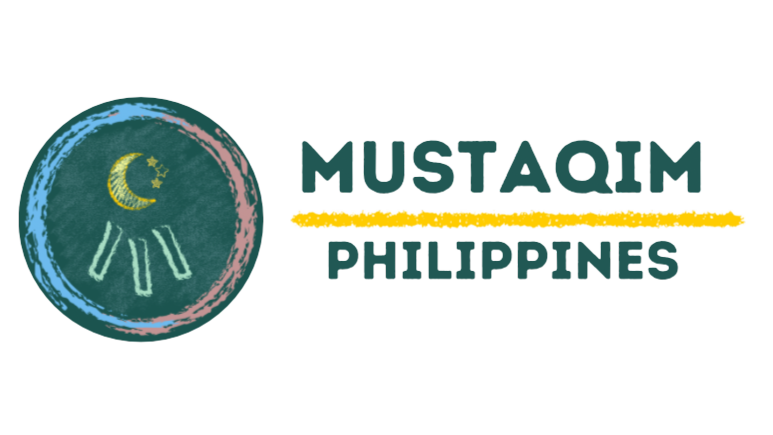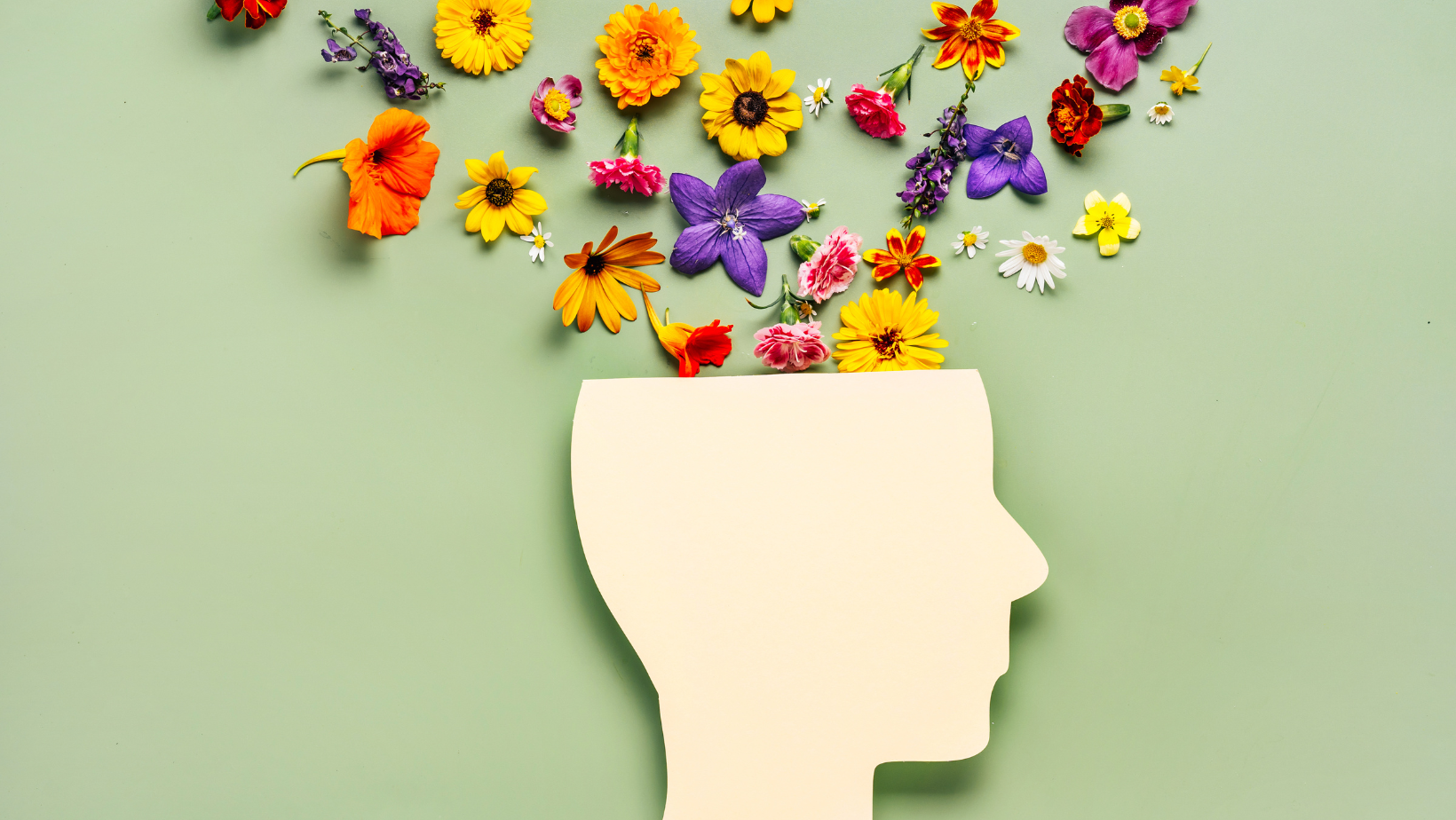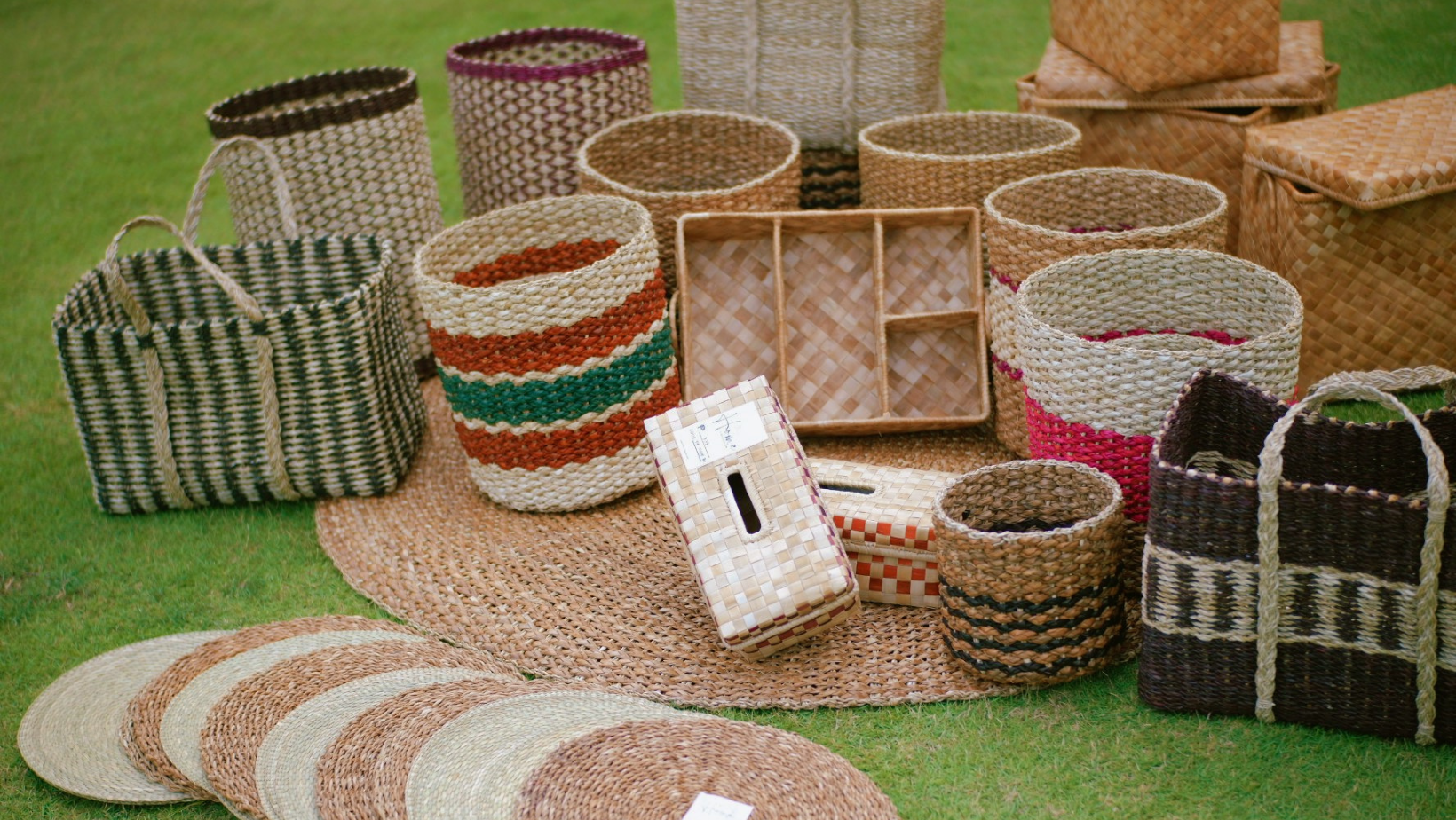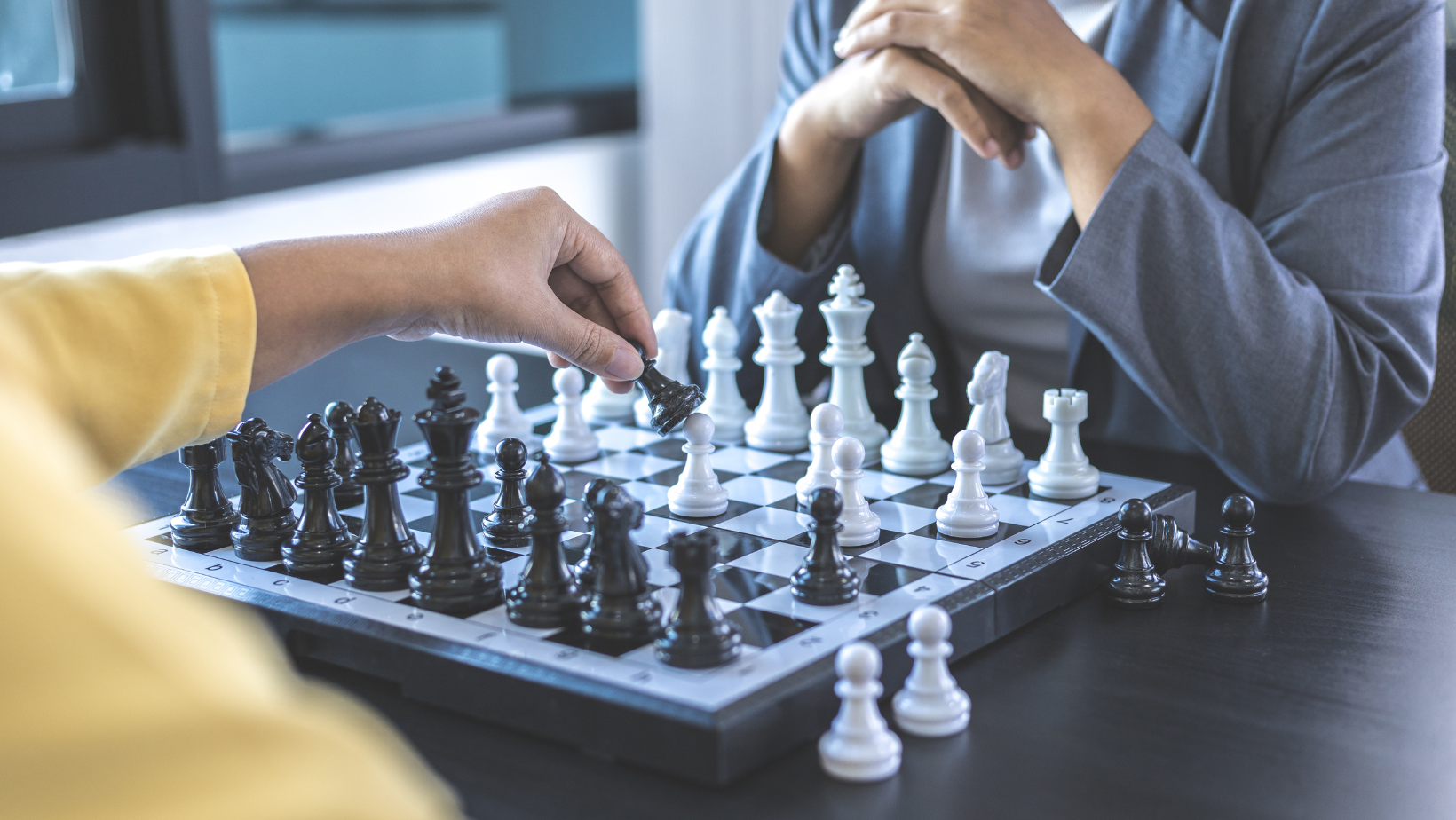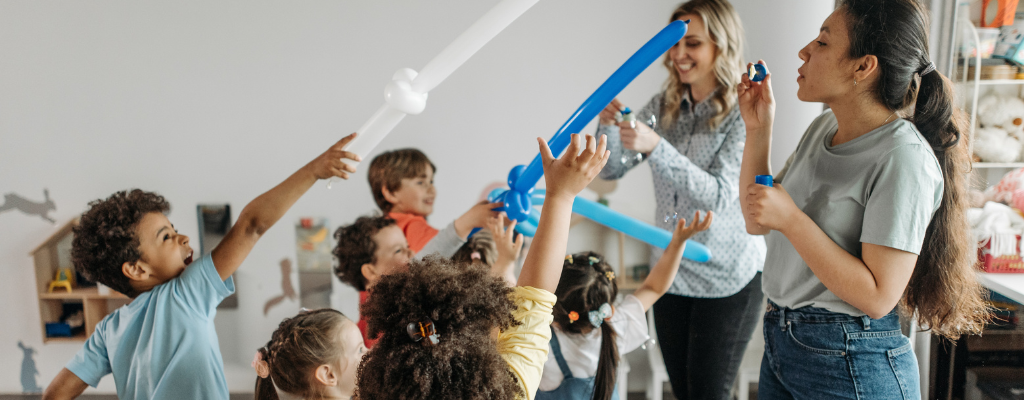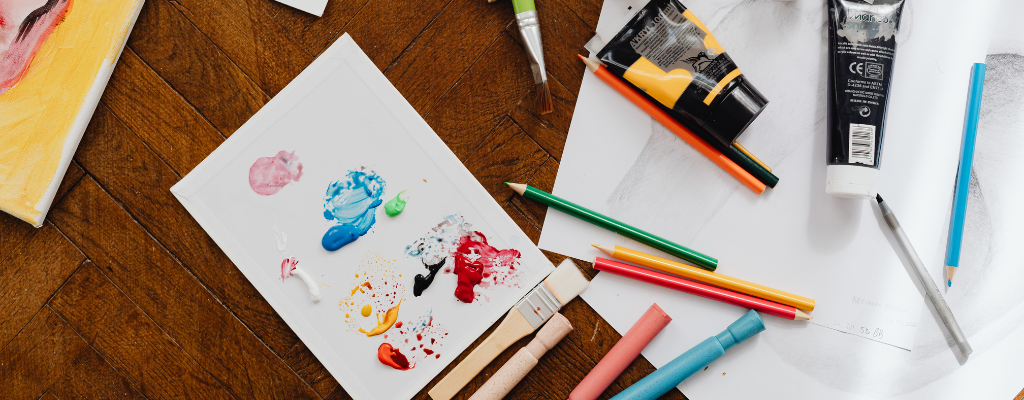Trivia Time! Ano nga ba ang ilang Mahahalagang Kaalaman Tungkol sa Kasaysayan ng Pilipinas?
Narito ang ilan sa mga trivia na maaaring magbigay ng kaalaman at impormasyon sa kasaysayan ng ating bansa:
- Sa kasaysayan ng Pilipinas, ang pinakamatandang nahukay na tao ay ang "Tabon Man" na natagpuan sa Palawan. Ito ay nasa 47,000 taon na ang nakalipas.
- Noong ika-10 siglo, nagkaroon ng maunlad na kabihasnan ang mga taga-Central Luzon na tinatawag na "Tondo" at "Maynila". Nagtayo sila ng mga kaharian at nakipagkalakalan sa mga kalapit na bansa.
- Sa pagdating ng mga Kastila noong 1521, ang Pilipinas ay tinatawag na "Islas de San Lazaro" bilang pagkilala sa pangalang San Lazaro na santo ng mga taong may ketong (leprosy). Sa katunayan, ang Pilipinas ay naging isa sa mga sentro ng leprosy sa mundo sa panahong iyon.
- Si Jose Rizal ay hindi lang isang bayani, siya rin ay isang mahusay na atleta. Mahusay siya sa paglalaro ng sipa, bola, at takbuhan. Siya rin ang nagturo ng "physical education" sa La Liga Filipina.
- Noong 1941, ang Pilipinas ang naging sentro ng pandaigdigang digmaan dahil sa pag-atake ng Hapon sa Pearl Harbor. Naging lugar ito ng digmaan sa Pasipiko, kung saan dito naganap ang mga kaguluhan at paglaban ng mga Pilipino at Amerikano laban sa mga Hapones.
- Ang EDSA Revolution noong 1986 ay hindi lamang tungkol sa pagpapatalsik kay dating Pangulong Ferdinand Marcos. Ito rin ay tungkol sa pagtitiyak ng demokrasya at pagbabago sa mga polisiya ng gobyerno, at patunay na may kapangyarihan ang mga mamamayan na baguhin ang kasaysayan ng bansa.
- Si Lea Salonga ay unang nakilala sa musikong "Miss Saigon" bilang "Kim". Ito ay ginanap sa West End sa London at Broadway sa New York City. Siya ay isa sa mga naging boses sa mga animasyong pelikula ng Disney, tulad ng "Aladdin" at "Mulan".
- Ang unang Pilipino na nanalo ng medalya sa Olimpiyada ay si Teofilo Yldefonso noong 1928 sa Amsterdam. Siya ay nagwagi ng ginto sa mga laro ng mga lalaki sa 200 metro ng breaststroke.
Ang mga trivia na ito ay ilan lamang sa mga impormasyon na maaaring magbigay ng kaalaman sa mga tao tungkol sa kasaysayan ng Pilipinas. Sa pamamagitan ng pag-aaral at pag-unawa sa kasaysayan ng ating bansa, nagbibigay ito ng kahalagahan at pagpapahalaga sa ating kultura at tradisyon na talaga namang dapat nating panatilihin at preserbahin.
Pagkilala at Pagpapahalaga sa Kultura, Kasaysayan at Sining: Pagdiriwang ng National Heritage Month sa Pilipinas
Ang National Heritage Month sa Pilipinas ay ipinagdiriwang tuwing buwan ng Mayo. Ito ay isang pagdiriwang ng kultura, kasaysayan, at mga pamana ng mga Pilipino. Ang layunin ng pagdiriwang na ito ay upang magbigay ng pagpapahalaga at pagkilala sa mga pamana ng mga Pilipino sa kultura, kasaysayan, at sining.
Ang Pilipinas ay mayaman sa kultura at kasaysayan na nagpapakita ng iba't ibang impluwensiya mula sa mga sinaunang kabihasnan, mga dayuhan, at mga pananakop. Ang mga pangunahing katangian ng kulturang Pilipino ay ang pagkakaroon ng mahigpit na ugnayan sa pamilya at pagpapahalaga sa mga nakatatandang kasapi ng pamilya at lipunan.
Sa kasalukuyan, ang Pilipinas ay mayroong mahigit na 100 mga wika at dialekto na nagpapakita ng pagkakaiba-iba ng mga kultura sa buong bansa. Ang mga pista at tradisyon ng mga lokal na pamayanan ay nagpapakita rin ng pagkakaiba-iba ng kultura sa Pilipinas.
Sa National Heritage Month, ipinapakita at ipinagdiriwang ang iba't ibang aspeto ng kultura ng mga Pilipino. Nagkakaroon ng mga pagsasanay sa sining, pagluluto ng mga pagkain, mga sayaw at musika, at iba pang mga tradisyonal na gawain. Ito rin ay isang pagkakataon upang ipagmalaki ang mga natatanging produkto at gawang Pilipino tulad ng mga handcrafted na produkto, mga kagamitan sa bahay, at mga alahas.
Bukod sa pagdiriwang ng kultura, ito rin ay isang pagkakataon upang bigyang-pansin ang pagpapahalaga sa kasaysayan ng Pilipinas at pagkilala sa mga bayani at lider na nagtayo ng bansa. Ang mga kilalang tao tulad ni Jose Rizal, Andres Bonifacio, at Emilio Aguinaldo ay mga mahalagang bahagi ng kasaysayan ng Pilipinas at itinuturing na bayani ng bansa.
Sa pangkalahatan, ang National Heritage Month ay isang pagkakataon upang ipakita at ipagmalaki ang kultura, kasaysayan, at mga pamana ng mga Pilipino. Ito ay isang pagkakataon upang palakasin ang pagkakaisa ng mga Pilipino at magbigay ng pagpapahalaga sa mga mahahalagang bahagi ng kasaysayan at kultura ng bansa.
Why Mental Health Matters: Importance of Addressing Mental Health among Filipinos
In recent years, mental health has become an increasingly important issue in the Philippines. While mental health problems have long been stigmatized and often ignored, many Filipinos are now recognizing the importance of addressing these issues and seeking help when needed.
One reason for this increased awareness is the growing recognition of the impact of mental health on overall health and well-being. Mental health problems can have a significant impact on a person's physical health, relationships, and ability to function at work or school. Addressing mental health problems early on can help prevent these negative outcomes and improve overall quality of life.
Another factor driving the increasing importance of mental health among Filipinos is the growing availability of mental health services. In the past, mental health services in the Philippines were limited and often difficult to access. However, in recent years, there has been a significant expansion of mental health services in the country, including the establishment of mental health clinics and the training of mental health professionals.
In addition to these developments, there has also been a growing recognition of the importance of mental health among Filipino families and communities. Many Filipinos are now speaking openly about mental health issues and seeking support from family, friends, and mental health professionals.
Despite these positive developments, there is still a long way to go in addressing mental health issues among Filipinos. Stigma remains a significant barrier to seeking help for mental health problems, and many Filipinos continue to suffer in silence.
To address this issue, it is important to continue to raise awareness about mental health and to promote the importance of seeking help when needed. This can be done through education campaigns, outreach programs, and the expansion of mental health services across the country.
In conclusion, mental health is an important issue that affects many Filipinos. By addressing mental health problems early on and seeking help when needed, Filipinos can improve their overall health and well-being and live happier, more fulfilling lives.
Pagpapakita ng Filipino Nationalism sa Pamamagitan ng Pagkain at Pagtangkilik sa Lokal na Produkto
Ang pagkain ay isa sa mga pinakatanyag na bahagi ng kultura ng Pilipinas. Hindi lamang ito isang simpleng pangangailangan, kundi isang mahalagang bahagi ng buhay ng mga Pilipino. Sa pamamagitan ng pagkain, maipapakita natin ang ating pagmamahal sa bayan at ang ating pagiging tunay na mga Pilipino.
Una sa lahat, ang pagpapakita ng Filipino nationalism sa pagkain ay nagsisimula sa pagpapahalaga sa ating mga lokal na pagkaing Pilipino. Hindi lamang ito tungkol sa pagpapalaki ng mga lokal na agrikultura at industriya ng pagkain, kundi tungkol sa pagtangkilik sa ating mga sariling produkto. Sa pagpili ng mga lokal na pagkain, ipinapakita natin ang ating pagmamahal sa bayan at ang pagkilala sa halaga ng ating mga tradisyon at kultura.
Bukod pa rito, sa pagpapakita ng Filipino nationalism sa pagkain, mahalaga rin ang pagtangkilik sa mga pagkain na nagmula sa iba't ibang bahagi ng bansa. Hindi natin kailangang limitahan ang ating sarili sa mga lokal na pagkain lamang. Sa halip, maaari nating subukang tikman ang mga pagkain mula sa iba't ibang rehiyon ng Pilipinas upang mas lalong maipakita ang ating pagmamahal sa bayan at ang ating pagiging bukas sa pag-unlad ng kultura ng iba't ibang rehiyon.
Sa kasalukuyan, maari rin nating ipakita ang ating Filipino nationalism sa pamamagitan ng pagtangkilik sa mga lokal na restawran at establisyemento ng pagkain. Sa pamamagitan ng pagpili ng mga lokal na restawran at mga tindahan ng pagkain, ipinapakita natin ang ating suporta sa ating lokal na ekonomiya at ang pagtitiwala sa kakayahan ng mga negosyante natin.
Sa kabuuan, ang pagpapakita ng Filipino nationalism sa pagkain ay hindi lamang tungkol sa pagkain mismo, kundi tungkol sa pagtangkilik sa ating mga lokal na produkto, pag-unlad ng kultura, at suporta sa lokal na ekonomiya. Sa pamamagitan ng mga maliliit na hakbang na ito, maaari nating mapakita ang ating pagmamahal sa bayan at ang ating pagiging tunay na mga Pilipino.
An advocate of indigenous art: Architect Glory Rose Dy-Metilla
It is rather unusual for a young, modern Filipina to be interested, at this rate fascinated by the ornate Mindanao design, as part of the Philippine Neo-Vernacular architecture and push for the same concept in the creation of buildings and establishments.
If at any rate most of the design and architecture we have takes its inspiration from Spanish and American colonial era. It is perhaps high time to take another route and try on the distinct style dominated by Filipino architectural features.
Architect Gloryrose Dy-Metilla, a University of the Philippines Mindanao architecture graduate, has the passion for locally designed structures. Studying in Mindanao gave her the opportunity to get in touch with indigenous groups and their rich art and culture. Arch. Gloryrose also took up a Masters Degree in Urban and Cultural Heritage from the University of Melbourne.
Her designs are characterized by Mindanao and muslim elements such as the Maranao Okir, Bagobo Tagabawa and T’boli fabric.
In one interview, Arch. Gloryrose said that her interest for Mindanao-inspired architecture was geared towards globalization, without sacrificing the unique FIlipino culture. Hence, in her projects, she takes on and researches the cultural sensitivity of the community, maximizing what is available locally.
While the country is struggling to get into the international scene, it should not be a sad narrative for our nation. She advocates for the preservation of the dynamic culture of the Philippines by infusing original, indigenous Filipino design in her projects. “The best way to give character to a place is to interpret and then express its cultural layers and identity.” Her design perspective takes into account the elements that take play in the everyday lives of ethnic Mindanao tribes - water, earth, wind, sunlight and general living room spaces. Arch. Gloryrose dreams of Filipino cities having unique characters and identity.
Arch. Gloryrose is also a toy designer and the founder of Balay Balay 3d Architecture Puzzles. One of her structural designs depicting a cultural dance won her the Red Point National Thesis competition and was displayed in the Ayala Museum in Makati. She is a founding partner of Swito Design Architects, a Davao-based firm that centers the culture and designs of Indigenous peoples.
Young Chess Prodigy: National Chess Master April Joy Claros
15-year old April Joy Claros is currently being considered as the country’s most talented chess superstars after having competed and won numerous local and international chess competitions.
April, who hails from the City of Angeles in Pampanga,is a grade 10 student of FEU in Diliman, Quezon City. At a young age, she is being groomed to be the next Woman Grandmaster of the Philippines by none other than the National Chess Federation of the Philippines in partnership with the FEU. As reported by the Philippine Star, she is likewise being trained and mentored by multi-awarded chess coach and FIDE senior trainor Grandmaster Jayson Gonzales.
As a background, April was able to learn chess when he was 8, from his loving father, who supported her during her first chess tournament when she was 10 years old.
Currently, she is the only Filipino who has reached the quarterfinals in the 2021 online World FIDE cadet chess championship.This year, Claros recorded a grand slam, winning the championships in 2022 National age group U16 Girls in Malolos City last March, the National Youth and Schools U15 Girls in Dapitan City last September, and the National Juniors U20 Girls.The chess prodigy is now gunning for greater glory, participating in the Eastern Asia Youth Chess Champsionship in Bangkok, Thailand from November 4-12. She will also be playing in the prestigious Philippine National Women's Chess Championship from November 29- December 7.
Her local and International chess campaign would not be possible without the support of FEU Chairman Aurelio Montinola III, FEU Athletic Director Mark Oliver Molina and NCFP President /Chairman Hon. Prospero A.Pichay Jr.
Source: https://www.philstar.com/sports/2022/11/01/2220781/15-year-old-seen-next-big-thing-philippine-chess
A renewed appreciation for Teachers
The Covid-19 pandemic affirmed the crucial role of teachers in continuity of learning and sustaining development among students. At the heart of the disruptions caused by the pandemic, teachers stood firm in their vocation. Relentlessly learned how to adjust to technology, forced to learn to operate gadgets that most of their students knew better.
If teachers were there at the height of the difficulties presented by this unprecedented natural hazard, their presence should be valued more than ever. As protocols have eased out teachers are slowly coming back as frontline workers in school reopening. Numerous studies have concluded that teacher quality is the single most important in-school factor influencing achievement. Nevertheless, the truth remains that they are underrecognized, turning the teaching career unappealing to younger generations.
The pandemic demonstrated the resilience of Filipino teachers who are imbued with great responsibility of helping students reach their full potential. As we know, the bonds built in classrooms often last a lifetime. Influential teachers will forever be in the lives of students they taught, motivated and inspired.
“Teachers are a central part in all our lives and in every one of our societies. This has never been clearer than during the Covid-19 crisis.” This was underlined by Guy Ryder, Director General of the Internal Labour Organization (ILO).
At any rate these are some of the ideas that we can ensure our teachers get the recognition they deserve as we begin to engage again in face to face classes:
- Surprise them with a smoothie, coffee or ice cream
- Film a video, take a photo, gather student quotes and gratitude messages
- Find out a teacher’s favorite snack and sponsor food for the day
- Send handwritten notes with anecdotes of praise and gratitude
- Give back through online gift cards so they can shop at their own free time at the convenience of their mobile devices
- Give the simplest things a teacher needs - post it notes, highlighters, glue sticks, daily supplies that help them be the best in their craft
World Teachers’ Day is celebrated annually on October 5, 2022. Such is giving me melancholic vibes as I try to recall my most favorite teachers of all time - back in primary, secondary and tertiary education. Come to think of it, are we as students have, in our own simple ways, been able to pay tribute to our teachers? And how, as we mature as adults and become responsible for our lives, have we been able to apply what we have learned from them? Perhaps, more than the material things we used to create as kids (i.e. DIY cards, flowers, gifts, etc), we can pay tribute to our teachers by continuing to fight for better, safer and more dignified conditions for the people who continue to pursue the teaching profession.
What qualifies as art?
October 25 marks the International Artist Day celebrating all forms of art - paintings, sculpture, photography, architecture, music, theater, digital art, etc.
Any creative endeavor many would say is “art.” What however qualifies as something stringent within the confines of culture and tradition may be in contrast to expressing basic human emotions. Abstract is also a form of art regardless of its form, color or similarities. As generations evolve, the vision of art becomes rather difficult to contain into a single category. Art cannot be defined. It can be a process for some or a product for others, often derived from various elements with the ultimate goal of appealing to the senses or emotions and encompasses diversity of human activities.
For us Filipinos, art has been a component of culture and has reflected the evolution of our being as individuals, oftentimes as a community and more popular artworks depict that of a nation. Thus, even in the local setting, it has been debatable, with the myriad of interpretations and subjectivities.
As we commemorate International Artist’s Day, which by the way also happens to be the birthday of well-renowned cubist Spanish painter, Pablo Picasso, let us try to check some of the famous places in Manila that have reopened for us to visit and appreciate Filipino art.
Topping our list is the San Agustin Museum which has a vast collection of religious artifacts, and probably the oldest items in Philippine history dating back during the Spanish era, where friars have ruled the old Intramuros. The museum is located along General Luna St., Intramuros, Manila.
Next is the Ayala Museum, the home of contemporary Philippine art, fitting with the museum’s modern Filipino architecture. It also houses special exhibitions, and state of the art interactive displays. It is located in Makati Ave. Cor dela Rosa St., Greenbelt Park, Makati City.
National Museum of Fine Arts is definitely a worthy trip for art lovers as it houses the works of the greatest Filipino artists such as Juan Luna’s immense Spoliarium, paintings of Felix Resurreccion-Hidalgo, sculptures of National Hero, Jose Rizal, paintings of rural Filipino life painter, Fernando Amorsolo, murals by Carlos “Botong” Francisco, and the list goes on. It is formerly known as the National Art Gallery and located along Padre Burgos Avenue.
These museums are just some recos for you to check out. There are also many galleries across the country exhibiting unique Filipino art. Art appreciation however should not be limited to celebrations like the International Artist Day or World Art Day, as we should continue to savor the beauty of the things around us amidst the mundane affairs of our daily lives. And yes, as we approach the beginning of the end of this pandemic, perhaps it is time for us to go out and try something new. After all its never too late to start appreciating art.
Nasyonalismo sa Makabagong Panahon
Sa mahigit na isang dekada, naiugnay ng mga Pilipino ang nasyonalismo sa EDSA dahil ito ang nagsilbing daan upang magkaisa ang sambayanan para puksain at bigyang katapusan ang isang rehimen. Kung ito ay ating pagtutuunan ng pansin sa kasalukuyan, ang makabuluhang pangyayari sa EDSA noong 1986 ay hindi dahil sa isang tao lamang, na maituturing na isang bayani o “champion” kung tawagin sa kasalukuyan. Ang EDSA ay simbolo ng pagkakaisa, na sumasalamin sa mas malalim at mas makahulugang pagsasadiwa ng nasyonalismo.
Sa makabagong panahon, ang diwa ng EDSA ay unti-unti na ngang humuhupa. Ngunit ito ay hindi dahil walang pagmamahal sa bayan ang bagong henerasyon, ngunit sa kadahilanang ang mga saksi at tumindig para sa kanilang paniniwala noong dekada 80 ay nasa mga huling yugto na ng kanilang buhay (Baby Boomers) at ang mga kabataang noon ay mulat na o kapapanganak pa lamang ay kasalukuyang namang patuloy ang ngpupursige para sa kani-kanilang mga responsibilidad at patugon sa mga hamon ng buhay, mas kilala ngayon sa tawag na “adulting” (Gen X at Tradisyunal na Millennials).
Ang mga tinaguriang Gen Z, o ang mga pinanganak mula 1996 hanggang 2010, at tinaguriang “digital natives,” ay di mapagkakailang bahagi ng mas malawak na kampanya tungo sa tunay na nasyonalismo.
Ayon sa isang pag-aaral (College Experience Survey/CES) na ginawa ng isang unibersidad (FEU) noong 2018, karamihan (62% ng mga rumesponde sa sarbey) sa mga kabataang PIlipino ang naniniwala na pagsisikap (hard work) ang natatanging elemento para sa tagumpay ng isang lipunan. Dulot na rin sa pagkakaroon ng madali at maraming daan upang matuklasan ang mga bagay gamit ang teknolohiya, social media at internet, ang kamulatan sa mga pangyayari sa mundo ay patuloy na bumubuo ng kanilang sariling pag-unawa sa mga isyu sa pulitika, ekonomiya, lipunan at iba pa. Ang kamalayang ito ang nagpapasiklab ng kanilang higit na pagnanais na tumindig para sa tama, kung kinakailangan.
Bukod sa nasyonalismo, isang mahalagang aspeto sa bagong henerasyon ang tinatawag na “social advocacy” o ang malalim na pagsuporta at pakikipaglaban para sa isang ideolohiya, kilusan o grupo.
Bagamat malayo na nga ang 2022 sa 1986, bilang mga mamamayang Pilipino, namumutawi pa rin sa bawat isa sa atin ang pagpapahalaga sa kasarinlan at demokrasya. At higit natin itong masasaksihan sa iba't ibang paraan at plataporma, angkop sa bagong panahon at makabagong henerasyon ng mga Pilipino.
https://publicpolicy.feu.org.ph/projects/education/college-experience-survey/
Positibong Kapayapaan tungo sa Kaunlaran
Ang Institute for Economics and Peace ay gumagamit ng dalawang kahulugan ng kapayapaan - ang Negatibong Kapayapaan at Positibong Kapayapaan. Kung saan ang nauna ay tumutukoy sa kawalan ng karahasan o di kaya ay kawalan ng takot sa dahas, habang ang pangalawa naman ay nagsasalamin sa mga adhikain, institusyon at istruktura na ang layunin ay lumikha ng mga inisyatiba tungo sa pagpapanatili ng kapayapaan. Sa madaling salita, ang Negatibong Kapayapaan ay sumusukat sa panlabas na katangian lamang ng isang bansa o pamayanan, habang ang Positibong Kapayapaan ay higit na makahulugan sapagkat ito ay nagsisilbing larawan ng kapasidad ng isang bansa upang pagtibayin at palaganapin ang kapayapaan.
Ang kasalukuyang administrasyon ay naglalayong gawing kaakibat ng kaunlaran ang kapayapaan at seguridad ayon na rin sa itinakdang National Development Plan na inilatag kamakailan ng NEDA. Iminungkahi ng pamahalaan na itaguyod ang mga nasimulan na at higit pan pagpupunyagi upang makamit ang tunay na kapayapaan at seguridad sa bayan.
Gaano na nga ba kalayo ang narating ng Pilipinas sa direksyong ito? Sa pinakabagong Positive Peace Index, ang ating bansa ay nagtala ng iskor na 106 na isang indikasyon na tayo ay nabibilang sa mga bansang may Positive Peace surplus, o mga bansang may kapasidad na pagpunyagian ang kapayapaan sa mga susunod pang taon.
Sa 2020 Global Peace Index (GPI), ang Pilipinas ay pumwesto na ika 129, mula sa 163 na bansa. Ang naitalang mababang iskor ay dulot ng mga kasalukuyang isyu sa mga internal na sagupaan, pagkakamit ng armas, at persepsyon sa kriminalidad sa lipunan.
Sa kasaysayan, ang Pilipinas ay madalas na nasa ibabang bahagi ng Global Terrorism Index (GTI), at noong 2020 ito ay naitala sa ikasampung ranggo sa buong mundo, at pinakamababa sa mga bansa sa rehiyon ng Asya Pasipiko.
Bagamat ang mga datos ay nananatiling mababa, ang nasabing antas ay maituturing ng humusay kumpara sa taong 2019 kung saan ang bansa ay pumwesto sa 134 sa GPI at ika-siyam sa GTI. Makikita rito na nagbunga kahit papaano ang mga inisyatibo upang puksain ang “political terror”, krimen at internal na sagupaan.
Higit na kinakailangan ng ating bayan ang tulong ng bawat mamamayan upang patuloy na labanan ang mga banta sa kapayapaan at seguridad. Sa pangunguna ng bagong administrasyon ay umaasa ang bawat isang Pilipino na maging makahulugan pa ang mga proyekto ukol dito tungo sa pag-unlad ng ating bayan.
https://www.visionofhumanity.org/positive-peace-surplus-in-the-philippines/
